What is a right of light?
A right of light is an easement granted to a freeholder (or leaseholder or tenant, by assignment) which grants them the legal right to enjoy a reasonable amount of natural light to a building. The right attaches to the apertures of the building themselves, and – as long as the position of those apertures stays the same – it remains with those apertures even if the original building is demolished and another new building is developed in its place. A right of light does not include within its definition a right to sunlight, views from a property, or the right to privacy/ not being overlooked.
What happens if a right to light infringement is proven?
If an infringement can be proved and there is an injury to a neighbouring property, the courts generally have two courses of action available to remedy the situation – damages or injunction. In deciding which remedy is to be imposed, previous common law judgements and the circumstances of the case is question will all be considered, along with the conduct of both parties playing a particularly key part in deliberations.
Right to light case precedent and how this affects developers
In Tamares v Fairpoint Properties [2007], the claimant was awarded damages (30% of the developer’s profit) rather than an injunction. Conversely, a leading court case regarding right to light only three years later led to huge consternation amongst commercial property developers as it applied case law that states remedy in the first instance for an interference of rights should be an injunction.
HKRUK II (CHC) Ltd v Marcus Alexander Heaney [2010], also known as the Heaney case, saw a judge upheld an individual’s right to light against neighbouring commercial property construction by ordering an injunction against a developer’s building.
In 2008 a developer began refurbishing the building opposite Mr Heaney's Victorian Grade II listed bank building in central Leeds, extending the building’s fifth floor and adding in new sixth and seventh floors.
Right to light negotiations between owner and developers took place before construction began, but nothing was resolved. Mr Heaney did not attempt to stop construction, so the developer initiated court proceedings to establish that Mr Heaney had forfeited his rights to light.
The judge disagreed, ordering the developer to demolish the sixth and seventh floors, even though the seventh was already let. (Subsequently the dispute was settled out of court and the building remains unchanged.) Furthermore the judge stated damages should only be awarded in lieu of injunction if the Shelfer Test criteria are satisfied – a test created over 100 years ago and not an appropriate modern-day solution.
The case is as a crucial precedent and warning to developers, and there has since been attempts to clarify the correct solution for rights of light cases. The Law Commission published a consultation paper in February 2013 detailing its assessment of the suitability of legal redress available to claimants under right to light and the easement’s effects on the construction industry. It makes the following four proposals to ensure greater certainty in right to light disputes:
- Eliminate the ability to acquire right to light by long use or ‘prescription’.
- Introduce a new procedure to clarify the current law regarding when courts may order defendants to pay damages, halt construction or demolish their buildings.
- Require that people with right of light make known their intention to file an injunction against a neighbouring property.
- Allow the Lands Chamber of the Upper Tribunal to revoke rights to light that are obsolete or have no practical benefit.
It will however be years before any changes are made to the law.
The ruling in Coventry v Lawrence [2014] proposed a shift away from reliance on the Shelfer Test and the inevitability of injunction, encouraging a more flexible approach round the award of damages proceedings, and the fact that the properties in question were both residential, amongst others.
How can property development infringe right of light?
Failing to resolve any potential infringements to neighbours’ rights to light can result in a halt to construction or demolition of an already-completed building. Developers should not assume:
- That neighbours will accept cash settlements
- That the court will issue monetary damages instead of injunctions
- That delays on the part of a dominant neighbour will be fatal for an injunction claim
An enforceable right to light can be acquired in several ways;
- Grant by expression – the right is written specifically in the title deed provisions, lease or transfer
- Grant by implication – the underlying rationale is to confer the right, although this is not expressly stated
- By prescription – the right is accrued over a 20-year uninterrupted period of enjoyment (Prescription Act 1832)
Property developments affected by right of light
The potential for rights of light infringement to cause delay, reduce scheme profitability, or completely halt the development altogether is still a very real issue. Care should be taken to determine how the proposed designs scaling and massing will impact neighbouring properties, so that a robust solution can be devised to mitigate the risk of a claim as much as possible.
Stories of football clubs being prevented from building new grounds and stadia have been circulating for a while, but the biggest story was the trouble at Stamford Bridge – the £1bn redevelopment at Chelsea FC was held up by a right of light injunction, despite the offer of £1 million's worth of compensation.
The Chelsea case shows that if rights of light infringements are poorly managed, they can have a huge impact on the development and can have very costly consequences.



